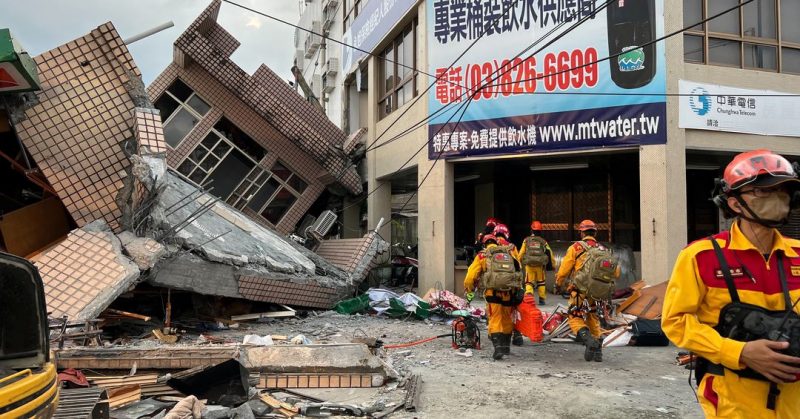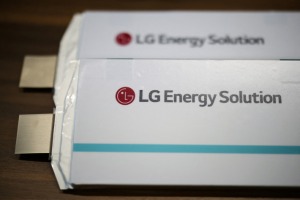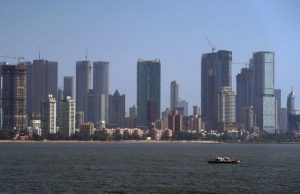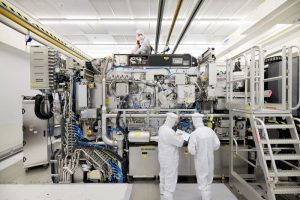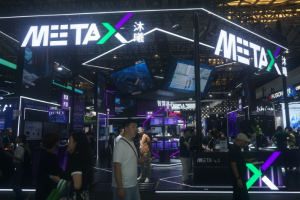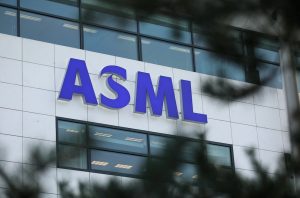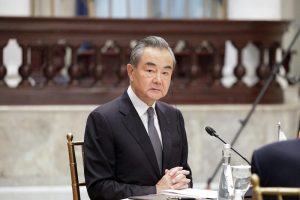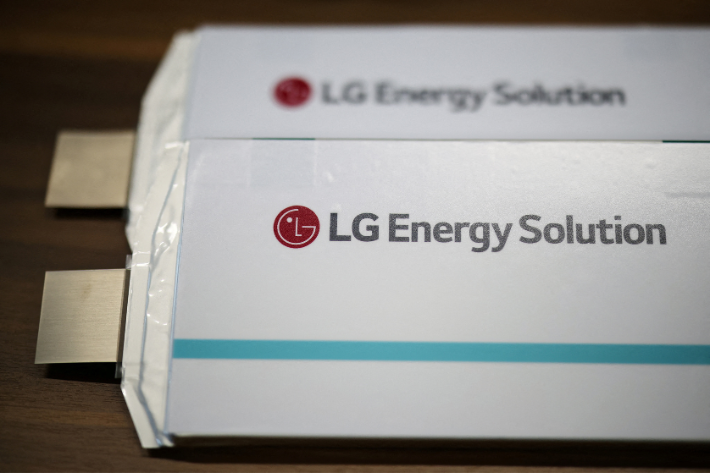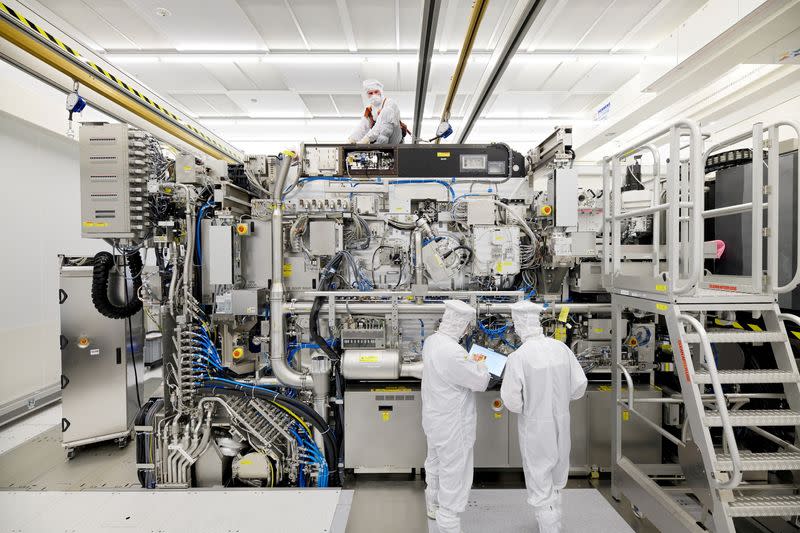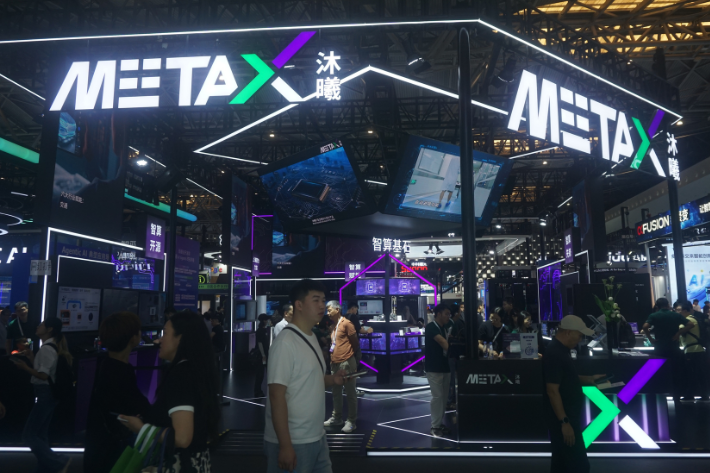Two strong earthquakes that rocked southeastern Taiwan over the weekend failed to greatly disrupt the island nation’s most valuable assets – their chip foundries – thanks to modern design safety features.
The biggest quakes, registering 6.5 on Saturday and a 6.9 on Sunday afternoon, severely damaged infrastructure and buildings in southeast Taiwan. Officials said on Monday that one person was killed and at least 146 others injured.
The quake on Sunday that measured 6.9, struck Chishang township, 50km north of Taitung. A number of buildings, bridges and rail lines were destroyed or damaged.
More than 100 soldiers were deployed in Hualien county, on the island’s east coast, to assist with disaster relief efforts.
But the island’s chip factories were spared partly because the quakes occurred in areas away from major chip foundries but also because of smart building designs, according to an investigation by TrendForce, which reports on the chip sector.
ALSO SEE: Strong Quakes Damage Buildings, Bridges on Taiwan
Shock Absorbing Plant Designs
“In terms of foundries, due to shock-absorbing plant designs, earthquake vibrations inside fabs are one level of magnitude less than outside,” the semiconductor group said in a note on Monday, adding that it had received no reports of substantial factory damage.
“In the worst case, some machinery required initialization after crashing,” it said. “In terms of memory, Nanya Technology has already carried out a shutdown inspection. If there was any wafer damage, Nanya maintains sufficient inventory to compensate.”
Meanwhile, Micron had recalled engineers to inspect its equipment “and has confirmed no losses. Thus, the capacity utilization rate of these two companies has not been affected nor has supply,” the TrendForce report said.
In regard to panel makers, it said the panel industry was currently on a down cycle because of serious sustained oversupply issues.
“Panel makers are reducing production in succession. Global average utilization rare in 3Q22 is expected to be revised to 65%,” it said. Innolux, based in Tainan, had also started reducing producing on a large scale last September.
“Thus, the actual impact of the recent earthquakes should be limited in severity,” it concluded. “Machinery had been slowed or shut down for maintenance during the earthquake and operations have, subsequently, been resumed.”
Factory campuses had cancelled weekend overtime and returned to a normal shift schedule with only the sintering process in continuous operation. But the power supply in the Kaohsiung area was not affected by the quake and production line sintering furnaces remained in normal operation, the report said.
Taiwan’s Importance
It is worth noting that Taiwan’s importance to the manufacturing of semiconductors, or computer chips, is similar to Saudi Arabia’s dominant position in OPEC and the global oil trade.
Taiwan Semiconductor Manufacturing Company (TSMC), the self-ruled island’s biggest company, has a more than half of the global foundry market, while other Taiwan-based manufacturers claim a further 10% of the market.
One of the reasons for US House Speaker Nancy Pelosi’s visit to the island last month was allegedly to convince TSMC to set up a manufacturing base in the United States.
It’s big money – the global semiconductor market was worth more than $520 billion in 2021. And with chips used in so many products these days, the sector’s importance has risen dramatically.
People in Taiwan are probably saying a quiet prayer of thanks that the weekend’s quakes were not a lot worse.
- Jim Pollard
ALSO SEE:
US Orders Nvidia to Stop Sale of Advanced Chips to China




